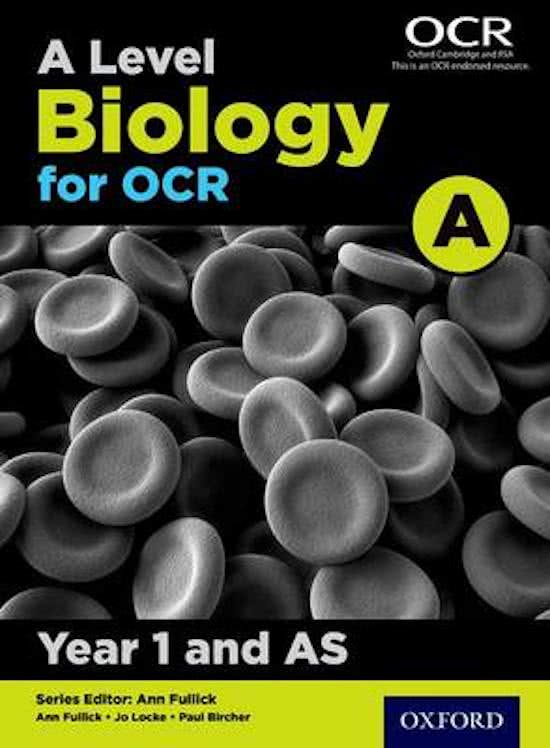Summary
Summary OCR A-Level Biology 3.1.3 Transport in Plants
- Course
- Institution
- Book
These are detailed Revision Notes for Topic 3.1.3 of OCR A-Level Biology (Transport in Plants). They were written by me using a combination of the textbook and class notes. I will also be uploading the other topics and creating bundles. Topics Included: - Transport systems in dicotyledonous plan...
[Show more]




